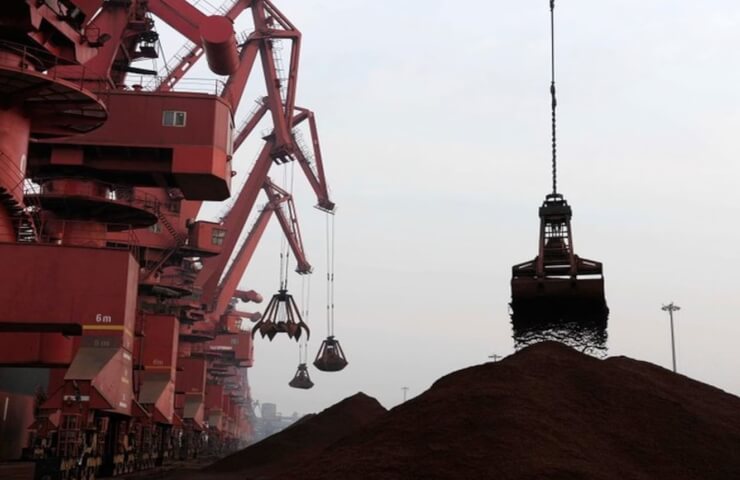The rise in iron ore prices observed in recent days is supported by various factors, including the recovery in supply and demand fundamentals, coupled with the conclusion of discussions on China's steel production controls and reduction in agglomeration, as well as China's positive macroeconomic outlook. says new market research from S&P Global Commodity Insights.
Although some participants were concerned that the sharp rise could lead to a price correction in the market in the coming days, strong demand from steel mills and macro factors provided continued support to the market prices.
“High iron production, strong market sentiment amid macroeconomic policies and low inventories at ports have led to higher shipping prices,” according to analysts at S&P Global Commodity Insights.
The observed recovery in liquidity in processing demand has in turn supported high levels of steel production, and with steel production margins improving, Chinese steel mills continue to maintain high blast furnace operating rates.
“Chinese blast furnace mills have maintained high production rates performance as finished steel production returns to profitability, supporting robust iron ore demand," a source at a Chinese steel mill said.
"We don't see mills experiencing any major production cuts, so demand for raw materials will continue to be maintained,” said an international trader.
According to the National Bureau of Statistics of China, steel production in China in the first 10 months of the year increased by 1.4%, compared with the same period last year to 87 .47 million tons.
In addition, from a macroeconomic point of view, the Chinese central government's policy to issue an additional RMB 1 trillion (about US$140 billion) in government bonds in the fourth quarter to support recovery from disaster-stricken disaster areas and enhancing the country's disaster relief capacity has also provided further market and demand confidence for both steel and iron ore.
Similarly, the People's Bank of China offered 1.45 trillion on November 15 yuan (more than US$200 billion) under its medium-term credit facility in an attempt to preserve liquidity in the banking system and support the Chinese economy.
“This policy will definitely help stimulate liquidity in the market, although we have not yet seen the impact on demand as it is still too early, but it will definitely ease some pressure on the market,” said a Chinese iron ore trader.





